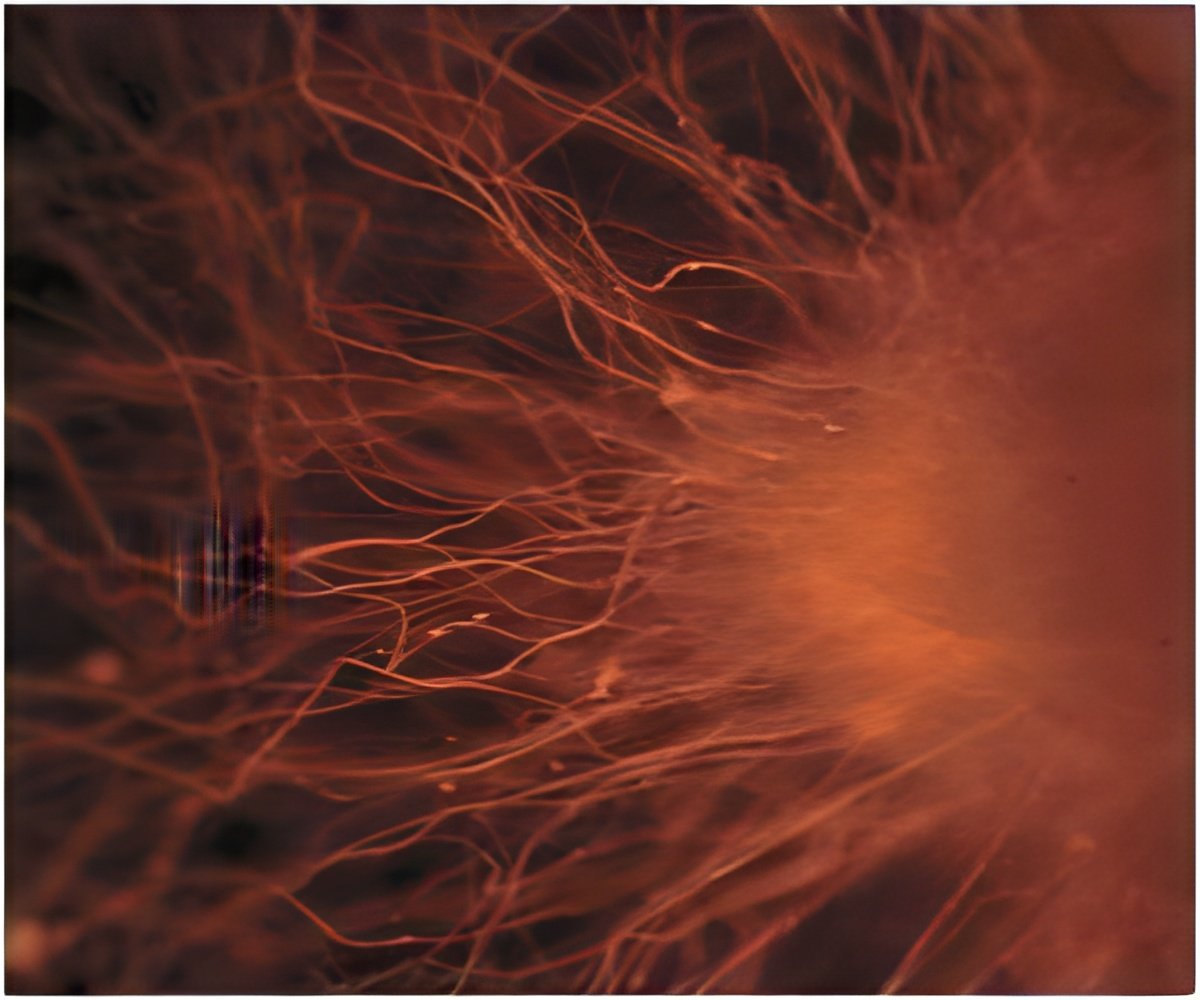
During the study, Smith and his colleagues investigated a compound known as TL32711 (Birinapant), developed by TetraLogic Pharmaceuticals in Malvern, Pennsylvania. The compound works by blocking the process cells used to avoid death, he explains—in other words, it inhibits the process that inhibits cell death. "TL32711 is like a double-negative. It inhibits the inhibitor, and therefore makes cells more sensitive to dying."
To test whether TL32711 works better in some types of lymphomas than others, Smith and his team added it to various lymphoma cells. Since compounds tend to work best when given in combination with other drugs, in some cells they added another compound known as TRAIL, which targets tumor cells.
The researchers found that some types of lymphoma appeared more vulnerable to the effects of TL32711, suggesting these patients should be the first to try the finished product in clinical trials. Specifically, they saw that follicular lymphoma cells and some types of diffuse large B cell lymphomas were more likely to die following treatment. Not surprisingly, adding TRAIL to the mix appeared to make TL32711 even more effective at killing lymphoma cells. "We saw the combination worked better than either one alone," says Smith.
Importantly, the researchers saw the cells didn't just die—they died because of the action of the compounds, explains Smith. TL32711 works by enhancing cell death—known formally as apoptosis—and just before cells experience apoptosis, they activate proteins known as caspases. Sure enough, after exposure to the compounds, the level of active caspases increased, confirming the cells were undergoing more apoptosis. "This result confirms that the cells are dying the way they should when you add these compounds," says Smith.
TL32711 is not yet available in the clinic, says Smith, but already some clinical trials are enrolling patients to test its effects. He and his colleagues plan to continue to test the compound in animals, to get a better sense of how it should best be used in humans.
Advertisement
Advertisement










